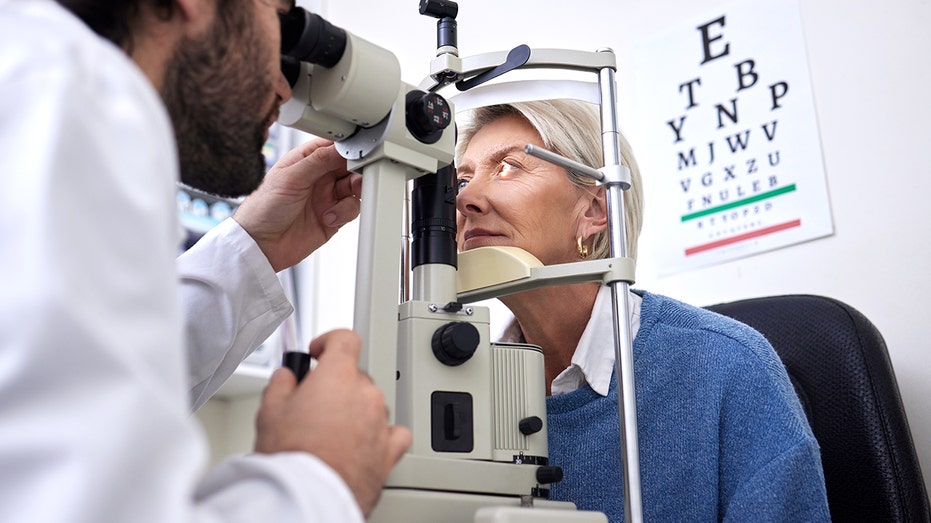Breakthrough Retinal Implant Offers Hope for Restoring Central Vision in AMD Patients

Recent advancements in medical technology have brought promising news for individuals suffering from age-related macular degeneration (AMD), a leading cause of irreversible vision loss among older adults. A groundbreaking study published in The New England Journal of Medicine introduces the PRIMA brain-computer interface (BCI) retinal implant, a device capable of restoring partial central vision to those with advanced AMD.
Innovative Design and Functionality
The PRIMA implant is a microscopic photovoltaic device measuring just 2 millimeters by 2 millimeters and only 30 micrometers thick—thinner than a human hair. Positioned beneath the retina, it works seamlessly with specially designed smart glasses that capture visual information. These glasses project images as near-infrared light onto the implant, which then converts this light into electrical signals. These signals stimulate the optic nerve, mimicking the natural process of visual information transmission by healthy retinal cells. This approach aims to replace the lost retinal function directly, offering a new pathway to visual perception.
Study Results and Patient Outcomes
Over a year-long clinical trial involving 38 participants, 32 completed the follow-up period. Remarkably, 80% of these patients—26 individuals—demonstrated measurable improvements in vision. Participants could read letters, numbers, and even full pages of text. While the restored vision remains in black and white and somewhat blurry, this marks a significant milestone for those who believed they would never see clearly again. The majority of side effects were minor and resolved within the first two months, with the implant preserving natural peripheral vision.
Implications for AMD Treatment
Typically, treatments for AMD only slow the progression of vision loss, without restoring what has already been lost. The PRIMA implant offers a different solution by actively restoring some central vision. This hybrid approach allows patients to retain their peripheral sight while regaining some ability to read and recognize objects, significantly enhancing independence and quality of life.
Future Prospects and Development
Developed by Science Corporation, a company founded by Max Hodak—co-founder of Neuralink—the PRIMA technology was acquired from French firm Pixium Vision. The company is progressing toward clinical approval in Europe and has initiated discussions with the U.S. Food and Drug Administration (FDA). The early safety profile is promising, with most adverse effects being temporary. While current results are in black and white, ongoing research aims to improve image clarity, introduce color perception, and enhance overall device comfort.
Hope for the Future
For individuals with late-stage AMD, this innovative device could redefine treatment options. Restoring even partial central vision can dramatically impact daily activities such as reading, face recognition, and independent mobility. As medical science advances rapidly, patients are encouraged to consult with ophthalmologists about upcoming trials and potential future availability of the PRIMA system. The technology’s development signifies a shift from merely slowing disease progression to actively restoring sight, transforming lives and offering renewed hope for millions.



